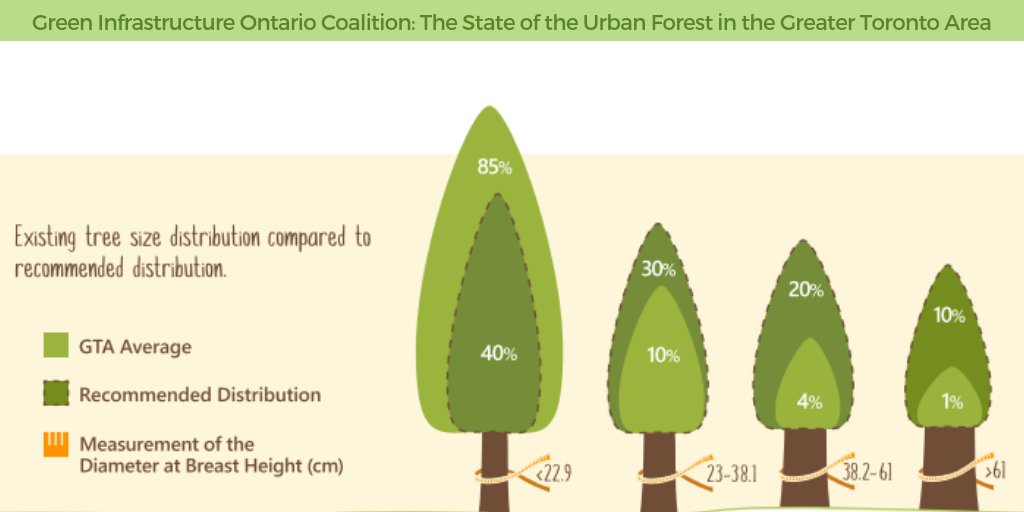Indication For Tree Elimination: Exactly How To Detect Hazardous Trees
Indication For Tree Elimination: Exactly How To Detect Hazardous Trees
Blog Article
Staff Author-Winther Malling
When it pertains to tree care, identifying the indications that it's time for removal is essential for your security and residential property. You could notice stained fallen leaves, wilting branches, or weird fungal developments suggesting health problems. Structural concerns, like a significant lean or fractures in the trunk, can likewise present threats. Understanding these warning signs can help you make notified choices about your trees and stop prospective threats lurking in your lawn. What should you search for next?
Indications of Decay and Disease
When you observe signs of degeneration and illness in your trees, it's essential to act rapidly. Seek tarnished leaves, wilting branches, or uncommon developments like fungi. These can suggest that your tree is having a hard time.
If you see fractures in the bark or soft, mushy timber, these symptoms recommend internal degeneration. Furthermore, a sudden rise in bugs around your tree can signify that it's damaged and at risk.
Check for any type of dead or passing away limbs, as they pose a risk to your residential or commercial property and security. If you doubt regarding what you see, consulting an arborist can offer quality.
Addressing these indications early can conserve you from extra substantial damages and ensure the wellness of your yard. Do not wait till it's too late.
Structural Instability and Leaning
As you observe your trees, keep an eye out for any type of signs of structural instability or leaning. If a tree leans dramatically, it may show that the origin system is endangered.
Search for any kind of cracks in the trunk or dirt around the base; these can signify possible failure. Furthermore, check for unusual development patterns, like an uneven crown, which might suggest that the tree is battling to hold itself upright.
If National Grid Tree Trimming notice that the tree favors your home, power lines, or other frameworks, it presents a greater threat. just click the next website page overlook these indications-- speak with an arborist to evaluate the circumstance.
Acting early can prevent expensive damage and ensure your safety and security.
Dead or Perishing Branches and Foliage
If you notice dead or dying branches and vegetation on your tree, it's a clear sign that something's incorrect.
These undesirable areas can show underlying issues like illness, parasite infestations, or ecological stress and anxiety. When branches shed their fallen leaves or transform brownish, they're no more contributing to the tree's wellness. Ignoring these signs might result in further decline, making your tree much more unsafe.
Dead branches can quickly break off throughout tornados, positioning a threat to residential or commercial property and people nearby. It's critical to evaluate the level of the damage.
If the trouble impacts a significant part of the tree, consider getting in touch with an expert. They can help identify if elimination is necessary to make certain safety and keep the appeal of your landscape.
Final thought
If you notice any indicators of decay, architectural instability, or dead branches on your trees, don't neglect them. These indications can position severe safety risks to you and your residential property. It's always best to consult an expert arborist that can provide a specialist analysis of your trees. Taking linked resource site can avoid mishaps and costly damages, ensuring your landscape continues to be secure and healthy and balanced. Keep in mind, it's far better to be proactive about tree treatment than to wait for a disaster to occur.
